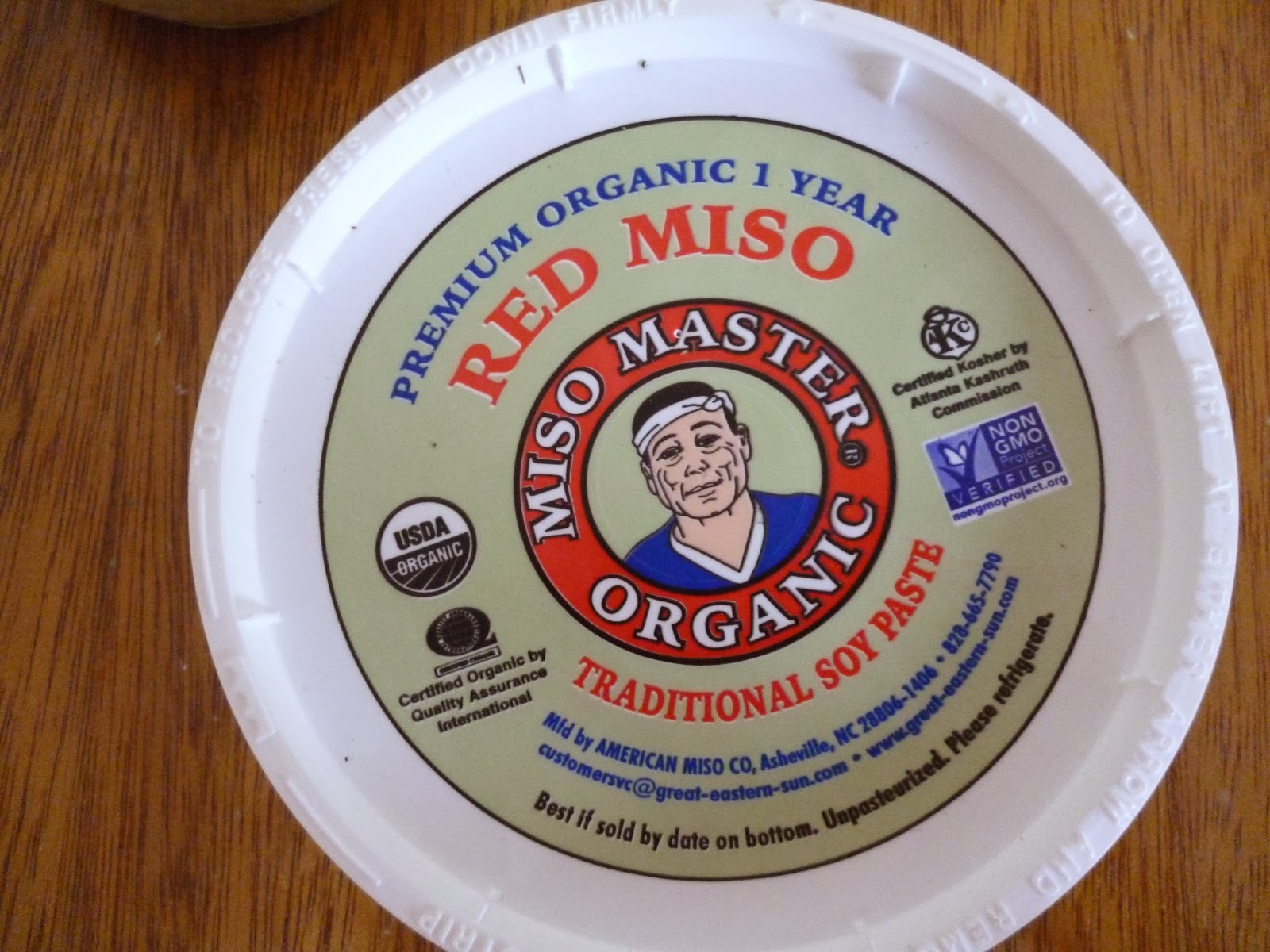 |
| View out my window |
I do a lot of reading. But every so often I give my eyes a rest and turn on the TV. Yes, I'm using my eyes, but I can also knit or look out the window ... and I put aside my reading glasses. Anyway, I had a sweet little movie on recently that also happened to be totally formulaic. The early-on crisis moment in which the young woman realizes her husband is cheating on her. The realization moment when she finds she can't stay in her Manhattan penthouse and so moves back to her parental home in New Jersey. In fact, it was so formulaic I decided it would take just about 28 minutes from the beginning of the movie for the young woman to meet the gorgeous young man she'd end up with. When he then appeared, I looked at the clock. It was 28 minutes into the program. Pretty good, eh!
I imagine that screenwriters have a little chart: Okay, now it's time to put in "screw-ball." Now, "conflict." Now, "resolution." Etc. etc. Even reality shows are edited to portray the same emotions, complaints, worries show after show. He wants a house in the country, she in the city. He wants modern, she traditional.
It's all Hollywoodized ... one reason I've been watching a lot of foreign movies lately as you may have noticed from my right-hand margin recommendations. They are much better at portraying life as it really is, whether that's infinitely more nuanced or even slow-paced. Nor do they so consistently base their drama on formula but, rather, from the situation itself.
I recently rented that movie about the butler and was rather appalled at the liberties taken with something that was supposedly "based on true events." There was the thing about his father being shot by the white plantation overseer who molested his mother. Totally made up. (I found a web-site which listed the real as opposed to the story-line events.) The thing about him--as a young man seeking work--stealing food because he was hungry. No. The thing about his wife being unfaithful to him as well as becoming an alcoholic. Also false. The thing about their two sons. One was involved in high-profile events offering an overview of civil rights reform. The second was shown to go off to Vietnam where he was killed. (The real butler had only one son who did go to Vietnam but who also came back again.) So how many stereotypes and formulas can we count here? Of course, after seeing it, I realized it's a message movie, not a biography as I'd assumed.
Even dear
Downton Abbey can get a bit soap opera-ish.
Some years ago, I read Wallace Stegner's novel,
Crossing to Safety, written purposefully, he said, to see if a book could capture a readership
by being honest without needing to exaggerate, distort, or sensationalize. By dwelling on character not stereotype. By writing simply (or not so simply) about a friendship. He obviously succeeded. It's now on lists of the last century's best books. Of course, to me, Wallace Stegner could do no wrong. A man of integrity, he incorporated that into his writing as well. The wisdom of quiet lives ... which does not mean that there is no illness, death, loneliness, despair, ambiguity, caution.
Anyone else tired of the bottom line (and its children, Stereotype and Formula) being so ever-present?
















